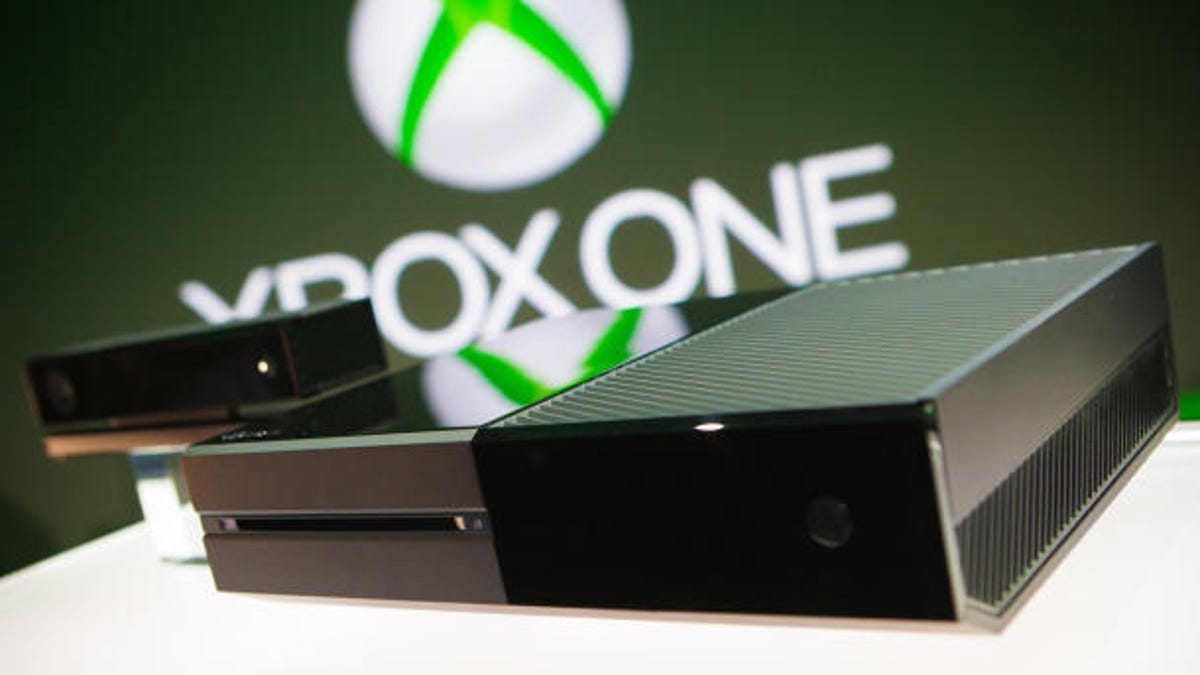Xbox One knows when it's overheating, adjusts accordingly
The latest Xbox console will be aware of its temperature and will cycle down its power usage to cool itself off when needed.

Microsoft's Xbox One will be a tad bit smarter than its predecessor, the Xbox 360, according to Microsoft.
In an interview published on Tuesday, Xbox General Manager of Console Development Leo del Castillo told Gizmodo that as much as the company would like to prevent misuse of the Xbox One, it can't. So, it has decided to make the device self-aware to mitigate potential issues.
According to del Castillo, the Xbox One will be self-aware of its temperature. As it starts to heat up, the fan will kick into high gear to attempt to cool it down. If that doesn't work, the device will cycle down its power usage to cool itself off. Of course, that will reduce the Xbox One's performance, but it also will reduce chances of needing to replace the hardware.
"We had a little less flexibility with the 360," del Castillo said. "And so basically, if we couldn't dissipate the heat, there wasn't a whole lot of leverage we could pull to keep the heat from being generated, so we had a limited amount of time before it just shut down. Xbox One can actually dial it back to a lower power state -- so low, in fact, that it can (operate) in a mode that uses virtually no air flow."
The Xbox 360 was dogged by the so-called "Red Ring of Death." A relatively large number of Xbox 360 owners, including yours truly, experienced the Red Ring of Death at one time or another. The issue, which was named after the red rings that would show up around the Xbox 360's power button at failure. Microsoft never officially confirmed exactly what caused the problem. However, when the red rings showed up, the Xbox 360 was dead, forcing customers to send it back to Microsoft to have it fixed.
It's not clear whether the self-aware technology is a response to the Xbox 360's troubles, but it should be a handy addition when the console launches later this year.

